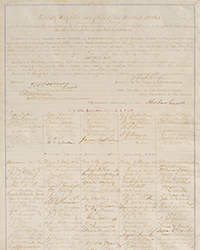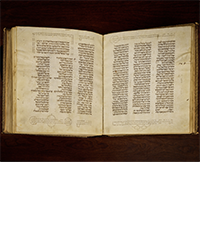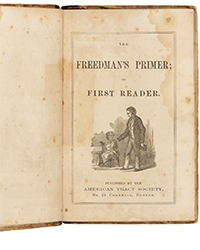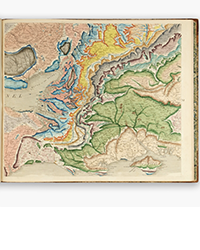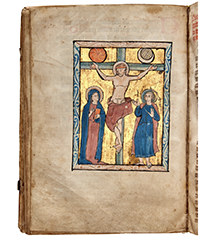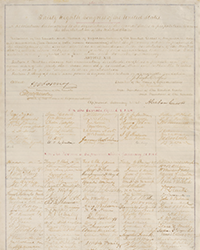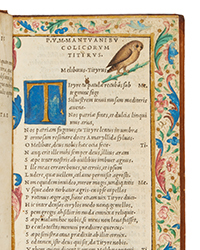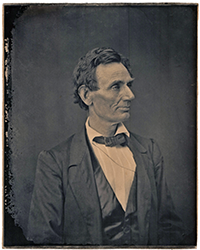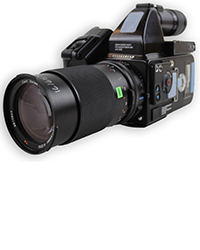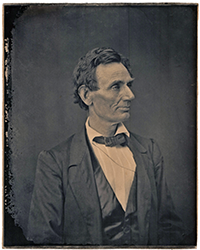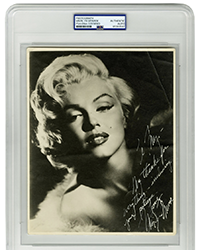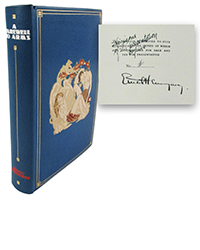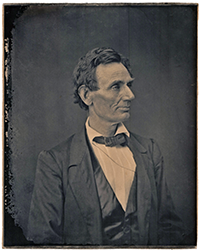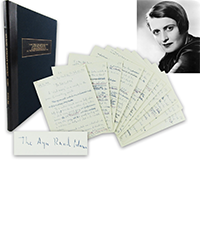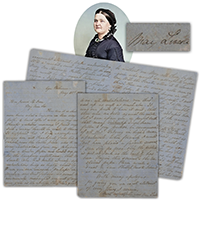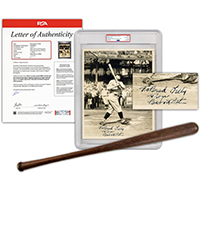A previously unknown map emerged in 1957 and it was thought to be one of the most important geographic discoveries in history, one might say greater than Christopher Columbus' “discovery” of America. It is known for one feature on the world map, which included Europe, northern Africa, and some of Asia. Such was the world as known to Europeans in the first half of the 15th century, prior to Columbus' voyage.
That remarkable feature was a very large island southwest of Greenland, unknown to other mapmakers of the day. It was labeled “Vinland.” It could only be one thing – America. If the early 1400s map was genuine, it would have proved that Columbus was not the first European to visit America, but rather, it had been visited by Norsemen centuries earlier.
The original owner, Enzo Ferrajoli, offered it to the British Museum, but they declined to purchase. Instead, rare book seller Laurence C. Witten II purchased it and offered to sell it to his alma mater, Yale. Yale could not afford it, but wealthy banking heir and fellow alumnus Paul Mellon could. He bought it for Yale.
There was immediate skepticism about the map's authenticity. It was bound with a work entitled the Tartar Relation, a 15th century work, but the wormholes did not match up. However, this issue was resolved when another 15th century work, Speculum Historiale, was discovered. Adding this to the other two works and rearranging the order lined the wormholes up perfectly. The map had indeed originally been bound with the two early 15th century works.
Yale commenced a study of the map, which continued for eight years. Three scholars were selected though only one had any experience authenticating maps. Others were not brought in as Mellon wanted the study to be confidential, he retaining the right to reject the purchase if the map proved to be a fraud.
The revelation of the map was particularly dramatic news in 1957, as there was no previous hard evidence of Norse visitation of America at that time. However, in 1960, the site of L'Anse aux Meadows at the northern tip of Newfoundland was discovered. It had been a prehistoric Norse settlement. It was revealed to the public in 1964. When the scholars finally released their report in 1965, there was now solid backing for the belief that Vikings had discovered America before Columbus, even if it did not provide authentication of the map itself.
The 1965 report concluded the Vinland map had been drawn around 1440 by church scholars. In other words, it was authentic, it having preceded Columbus' discovery by half a century. Norsemen were the first Europeans to visit America, now confirmed by the existence of a European map along with the Newfoundland settlement.
Not so fast. The report generated more controversy than consensus. Others quickly found issues with the map. Some of the Latin text on the supposed 15th century map was of the variety not in use until the 17th century. The map was not entirely consistent with other maps from the era. Then there was the issue of the unknown provenance, always a question when something has supposedly been unknown for five centuries. With all the doubts, Yale sent the map out for a chemical analysis in 1972. The results were devastating. It found the ink contained a high amount of anatase, a form of titanium dioxide not used in inks prior to 1923.
However, this was not the end. A second analysis in the 1980s concluded the original one greatly exaggerated the amount of titanium present, and the smaller amount could otherwise be explained. Besides, the paper was carbon dated to the appropriate time, early 1400s.
Examinations have continued since then with this most recent one being the final say. Among the conclusions was that the paper was indeed authentically old, and the map was originally bound with the 15th century works as demonstrated by the wormholes. However, a couple of blank pages were missing from the front of the Speculum. These were evidently used to print the map. They contained the appropriately placed wormholes. The style of the drawings of Vinland, Greenland, and Iceland differed from the rest, and their placement was outside the natural sphere of the rest of the map. They had evidently been added to an engraving of a map from a later book. Ferrajoli was also discovered to have had a history of book theft.
Finally, the latest researchers were given as much time to examine the map as they needed. They brought with them new technologies for analysis of the map not available two and three decades earlier. It confirmed the titanium dioxide but the print lacked the iron gall ink used at the time the map was supposedly created. An inscription on the back, possibly a binder's note on an original blank page, was in iron gall ink, but had been adjusted with writing in anatase titanium ink. Richard Hark, a conservation scientist who works with the Beinecke Library, said, “I think that constitutes pretty strong evidence of a motive to deceive — to make the map look like something it is not.” Raymond Clemens, curator of early books and manuscripts at Yale’s Beinecke Rare Book & Manuscript Library, put it even more bluntly: “There is no reasonable doubt here. This new analysis should put the matter to rest.”
Now that this has been put to rest, the scholars at Yale can get on to other tasks, such as finally figuring out just what is the Voynich Manuscript, which is also in Yale's possession.


